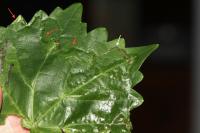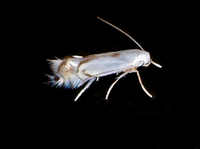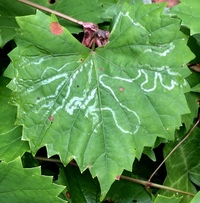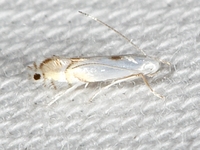 | Recorded by: Mark Basinger and Donald Zepp on 2025-06-11
Edgecombe Co.
Comment: |  | Recorded by: Tracy Feldman, David George on 2025-05-09
Cumberland Co.
Comment: |
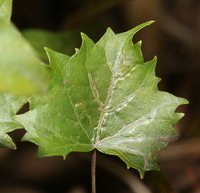 | Recorded by: David George on 2024-10-29
Onslow Co.
Comment: | 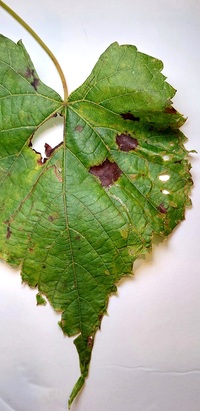 | Recorded by: Mark Basinger on 2024-09-20
Buncombe Co.
Comment: |
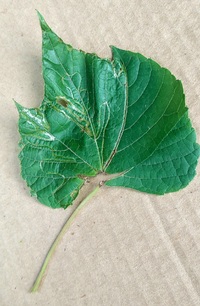 | Recorded by: Mark Basinger and Donald Zepp on 2024-08-23
Edgecombe Co.
Comment: | 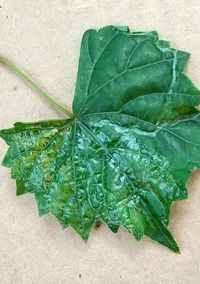 | Recorded by: Mark Basinger on 2024-08-23
Nash Co.
Comment: |
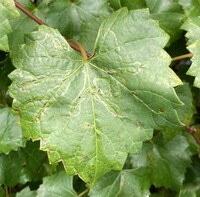 | Recorded by: Dean Furbish, Lior S. Carlson on 2024-08-12
Pamlico Co.
Comment: | 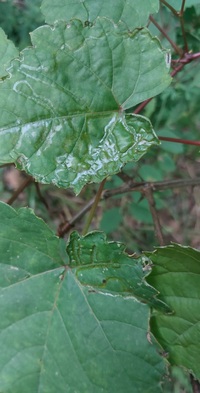 | Recorded by: Mark Basinger on 2024-08-09
Mitchell Co.
Comment: |
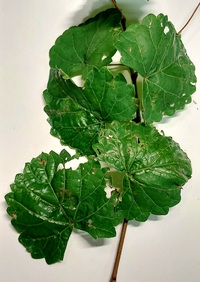 | Recorded by: Mark Basinger on 2024-07-18
Wilson Co.
Comment: | 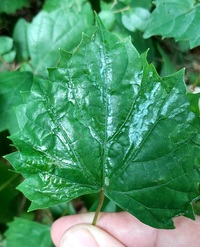 | Recorded by: Mark Basinger on 2024-07-02
Carteret Co.
Comment: |
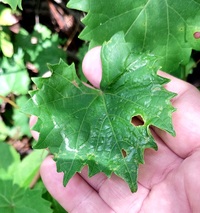 | Recorded by: Mark Basinger on 2024-07-02
Craven Co.
Comment: | 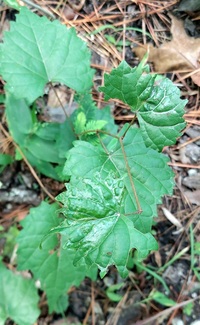 | Recorded by: Mark Basinger on 2024-07-02
Jones Co.
Comment: |
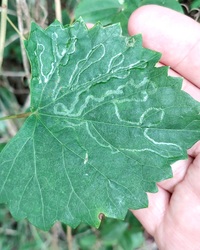 | Recorded by: Mark Basinger on 2024-07-02
Lenoir Co.
Comment: | 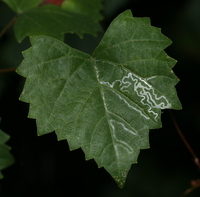 | Recorded by: David George, Jeff Niznik, Stephen Dunn on 2024-06-29
Chatham Co.
Comment: |
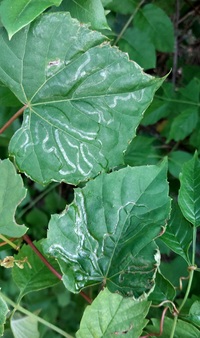 | Recorded by: Mark Basinger on 2024-06-23
Alamance Co.
Comment: Vitis vulpina was host plant; mines unoccupied. | 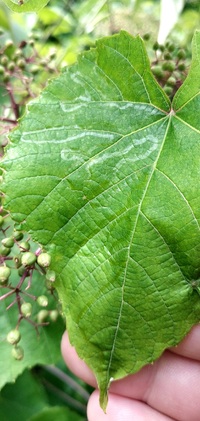 | Recorded by: Mark Basinger on 2024-06-23
Burke Co.
Comment: |
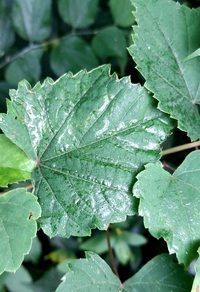 | Recorded by: Mark Basinger on 2024-06-23
Guilford Co.
Comment: | 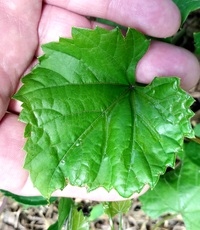 | Recorded by: Mark Basinger on 2024-06-23
McDowell Co.
Comment: |
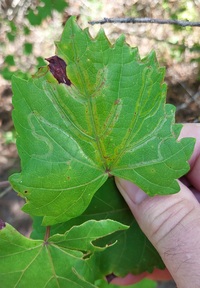 | Recorded by: Mark Basinger on 2024-06-20
Bladen Co.
Comment: |  | Recorded by: R. Newman on 2024-06-20
Carteret Co.
Comment: |
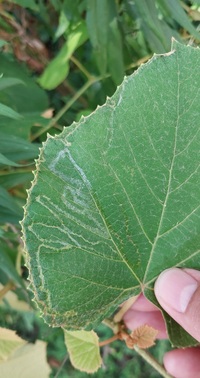 | Recorded by: Mark Basinger on 2024-06-20
Duplin Co.
Comment: Vitis labrusca was host plant. Mines were unoccupied. | 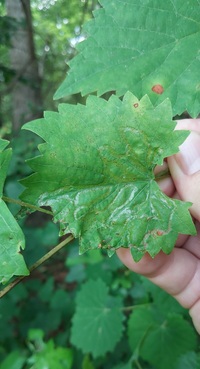 | Recorded by: Mark Basinger on 2024-06-20
Johnston Co.
Comment: |
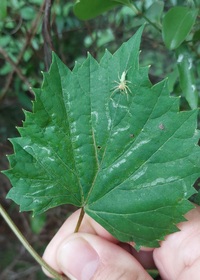 | Recorded by: Mark Basinger on 2024-06-20
Sampson Co.
Comment: | 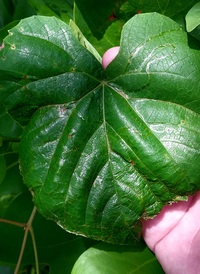 | Recorded by: Mark Basinger on 2024-06-20
Wayne Co.
Comment: |
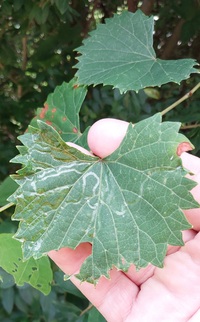 | Recorded by: Mark Basinger on 2024-06-20
Wayne Co.
Comment: | 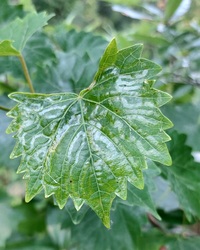 | Recorded by: Mark Basinger on 2024-06-19
Columbus Co.
Comment: |
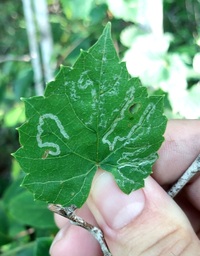 | Recorded by: Mark Basinger on 2024-06-18
Brunswick Co.
Comment: | 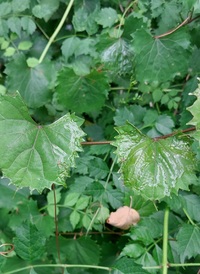 | Recorded by: Mark Basinger on 2024-06-17
Greene Co.
Comment: Mines were on Muscadinia (Vitis) rotundifolia. |
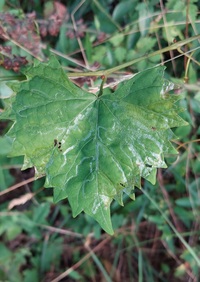 | Recorded by: Mark Basinger on 2024-06-17
New Hanover Co.
Comment: | 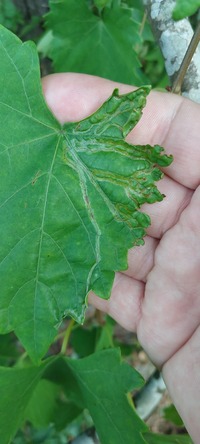 | Recorded by: Mark Basinger on 2024-06-17
Pender Co.
Comment: |
|

 »
»